Possibly the Worst Car Ever: Unveiling the Chevrolet Chevette Disaster
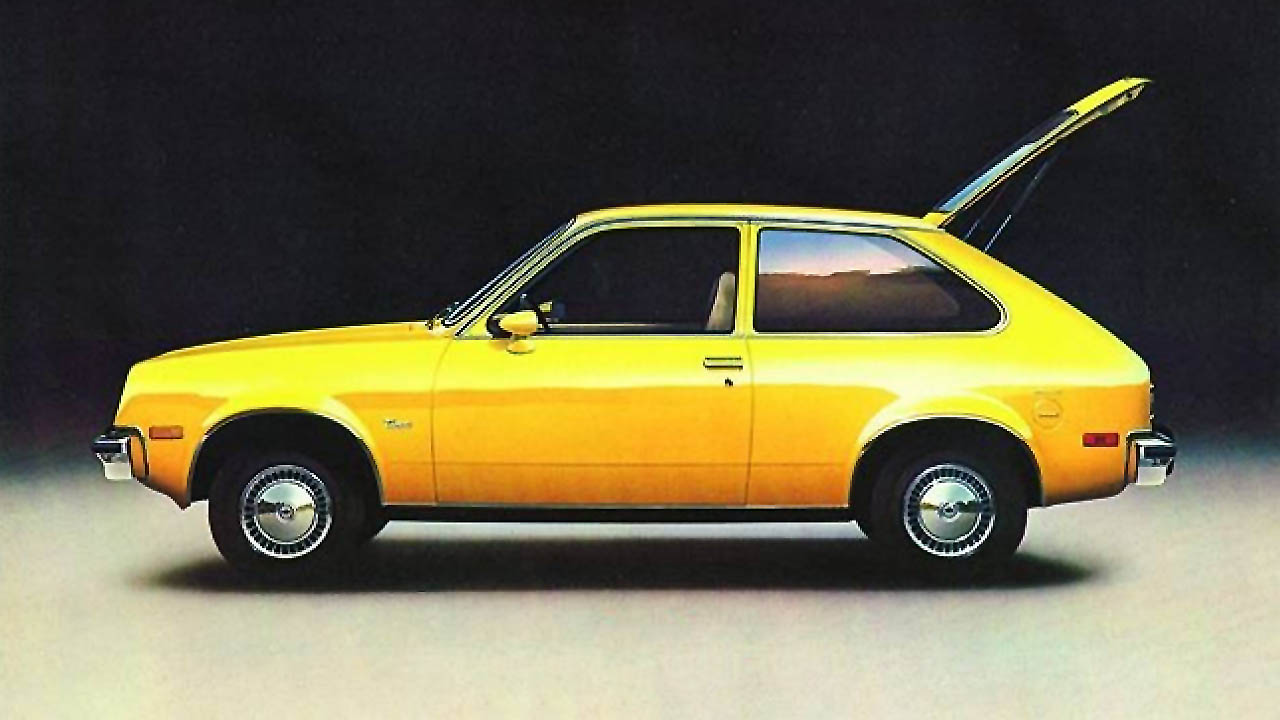
The Chevette, despite its humble beginnings, carved out a niche in automotive history for its simplistic design and no-frills functionality. While it garnered a reputation for its durability, particularly with its ability to endure cross-country trips, its engineering flaws couldn’t be overlooked. From its infamous tendency to suck water into the engine when wet to its structural fragility, the Chevette’s shortcomings often overshadowed its reliability. Despite its flaws, some loyal owners formed a bond with their Chevettes, finding charm in its unpretentious nature.
American Car Nightmare: The Tragic Tale of the 1958 Ford Edsel
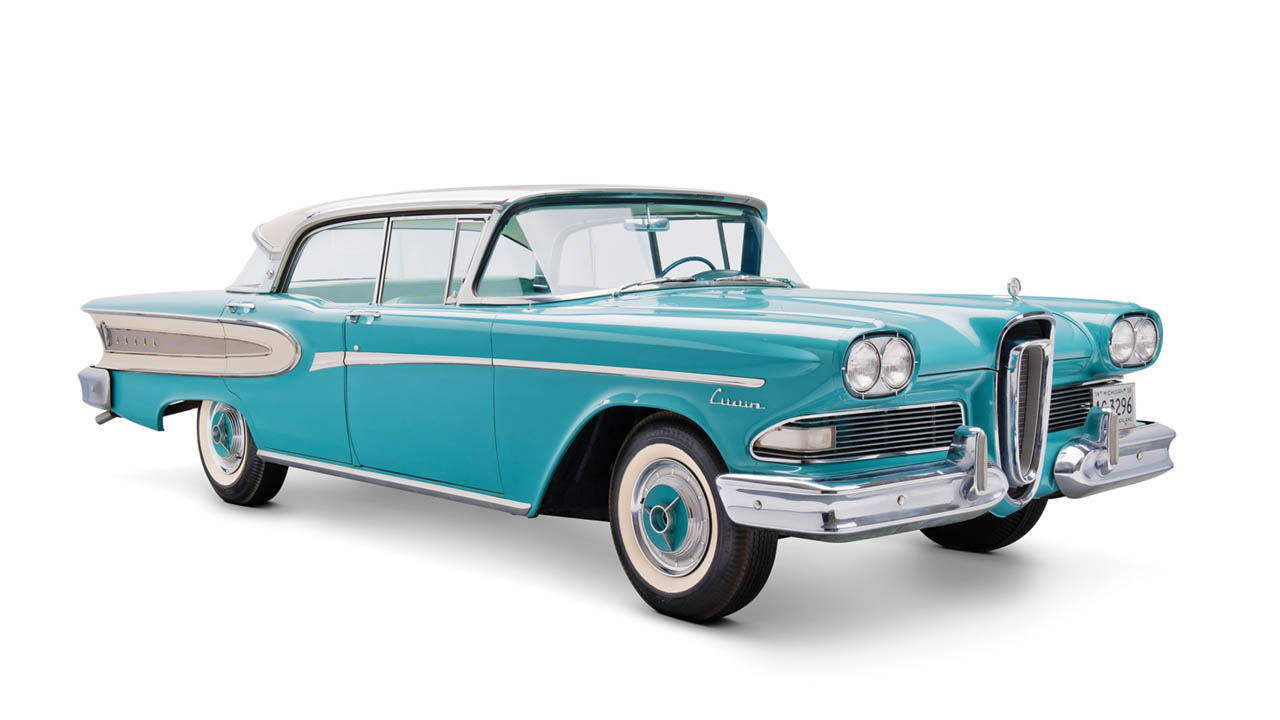
The Edsel’s launch was surrounded by immense hype, but it quickly became synonymous with disappointment. Its unconventional design, marked by a distinctive vertical grill that drew comparisons to female anatomy, failed to resonate with consumers. While some attribute its downfall to marketing missteps and exaggerated expectations, others point to its lackluster performance and high price tag during an economic downturn. Despite its brief existence, the Edsel left an indelible mark on automotive history as a cautionary tale of overhyped expectations.
The Matador’s Mistake: Unveiling the AMC Matador’s Tragic Legacy
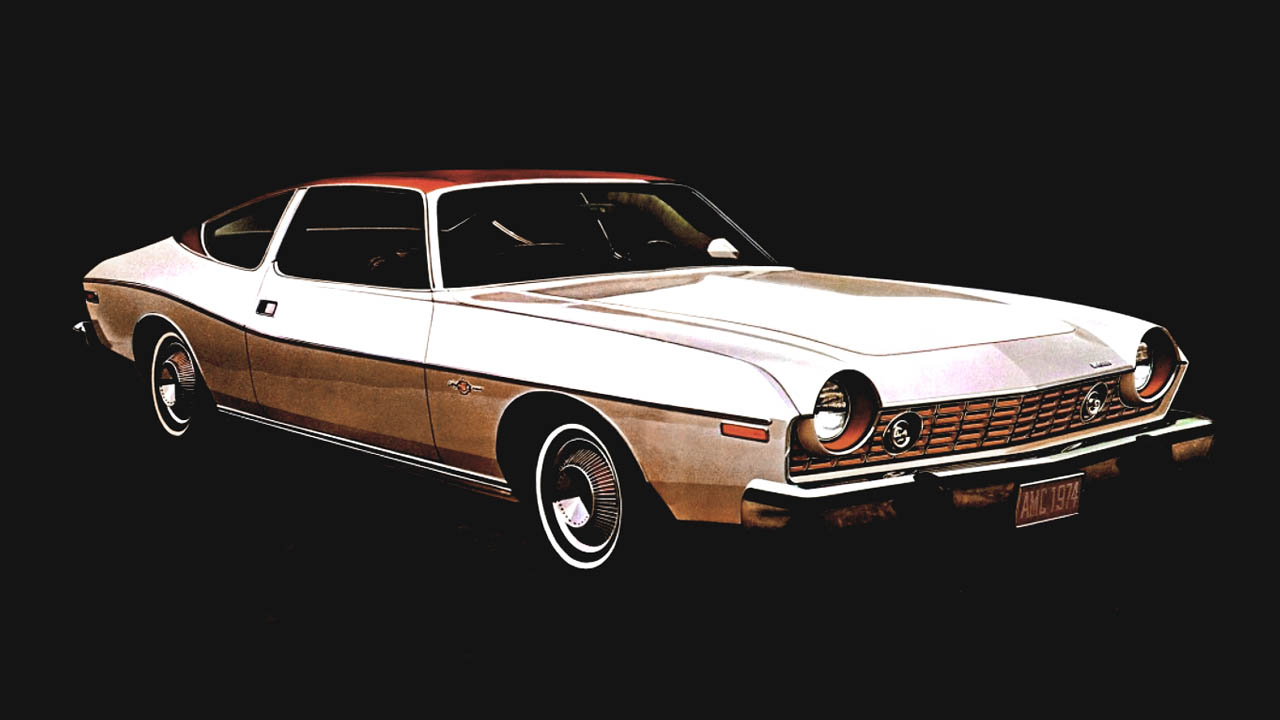
The Matador, an attempt by American Motors Corporation (AMC) to capture the midsize car market, faced an uphill battle from the start. Despite being named “Best Styled Car” by Car & Driver in 1974, its unconventional design and lackluster performance failed to resonate with consumers. However, it found an unexpected moment in the spotlight when it appeared in Michael Jackson’s iconic “Black and White” music video. Despite its brief moment of fame, the Matador’s legacy is one of missed opportunities and underwhelming performance in a fiercely competitive market.
The Corvair Catastrophe: Exploring the Dark Side of an American Car Model
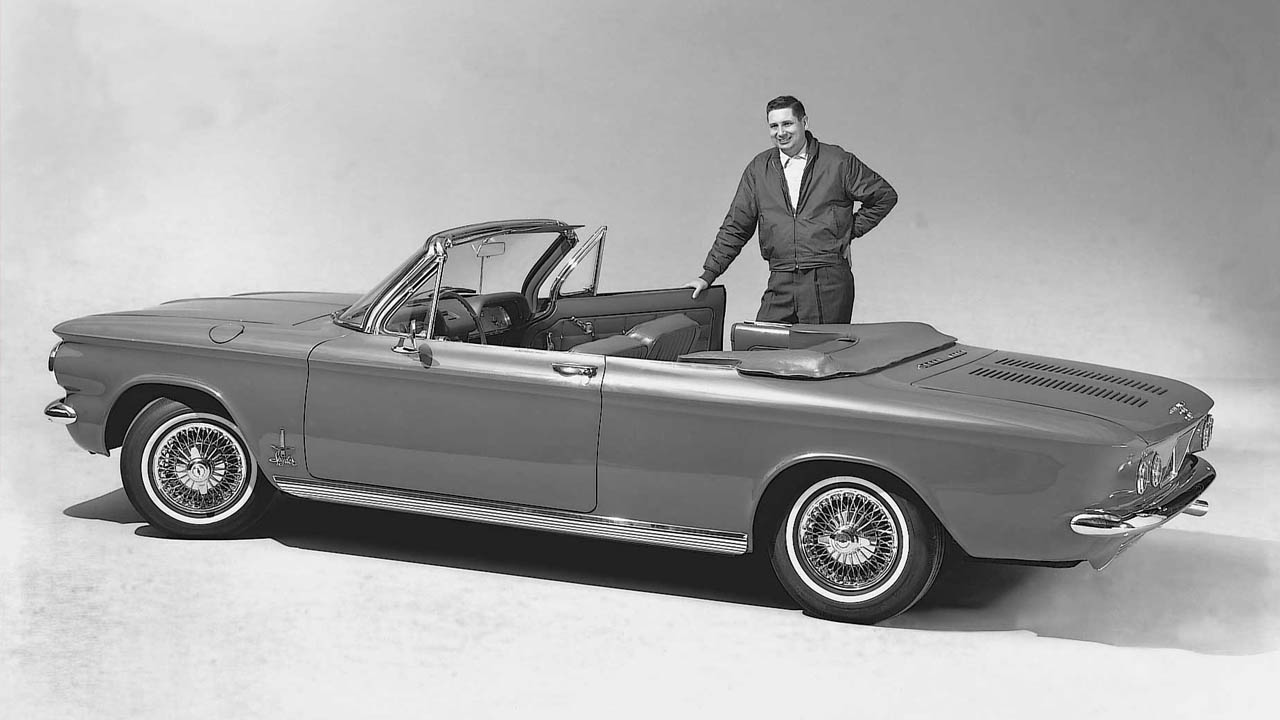
The Corvair, with its rear-mounted engine and distinctive styling, promised a unique driving experience. However, its engineering flaws, including a tendency to catch fire in rear-end collisions and handling issues, overshadowed its innovative design. Despite its shortcomings, some enthusiasts appreciated its unconventional layout and found joy in its spirited performance. Yet, its reputation as a flawed gem remains, serving as a cautionary tale of the consequences of prioritizing innovation over safety.
Gremlin: The AMC Disaster That Defined the Worst Car Models of the 1970s
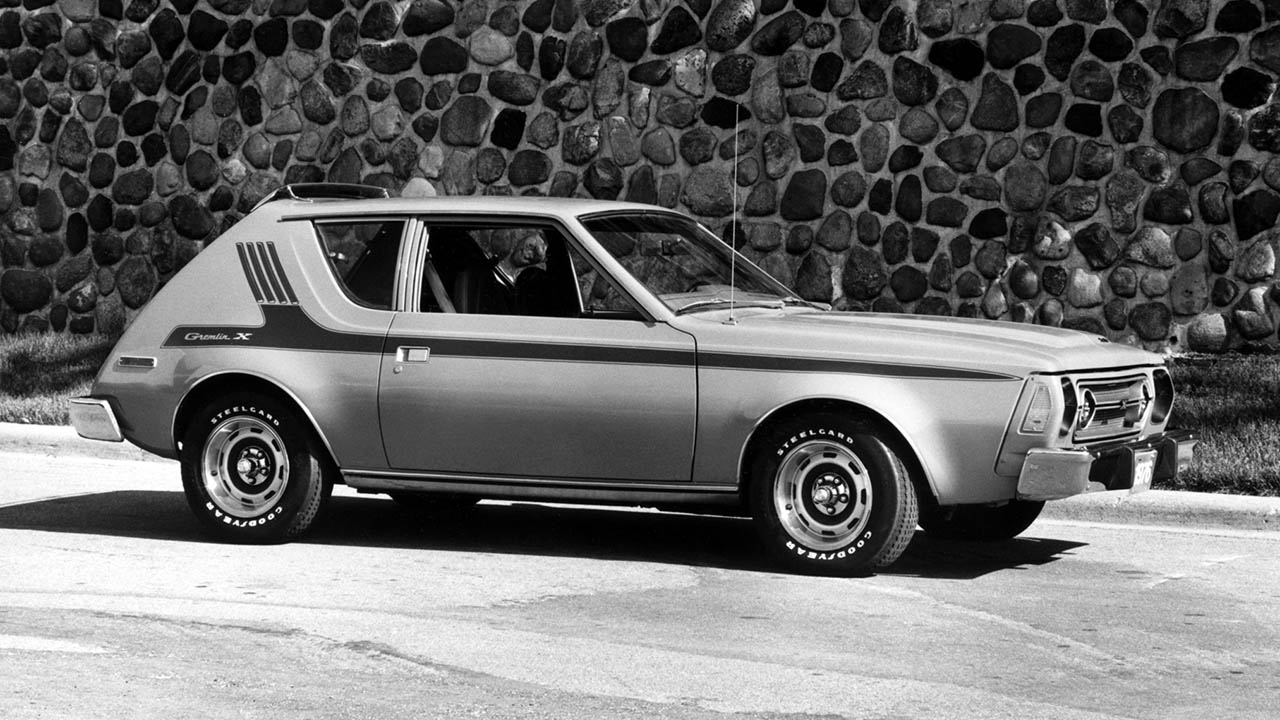
The Gremlin’s unconventional design, hastily adapted from the AMC Hornet, left it with unflattering proportions and lackluster performance. Despite its shortcomings, it garnered attention for its quirky styling and became a symbol of the era’s automotive experimentation. However, its reputation for poor handling and build quality earned it a place among the automotive industry’s most infamous failures. Despite its flaws, some enthusiasts fondly remember the Gremlin as a symbol of a bygone era of automotive innovation and experimentation.
Vega: Unraveling the Secrets Behind an American Car Model Gone Wrong
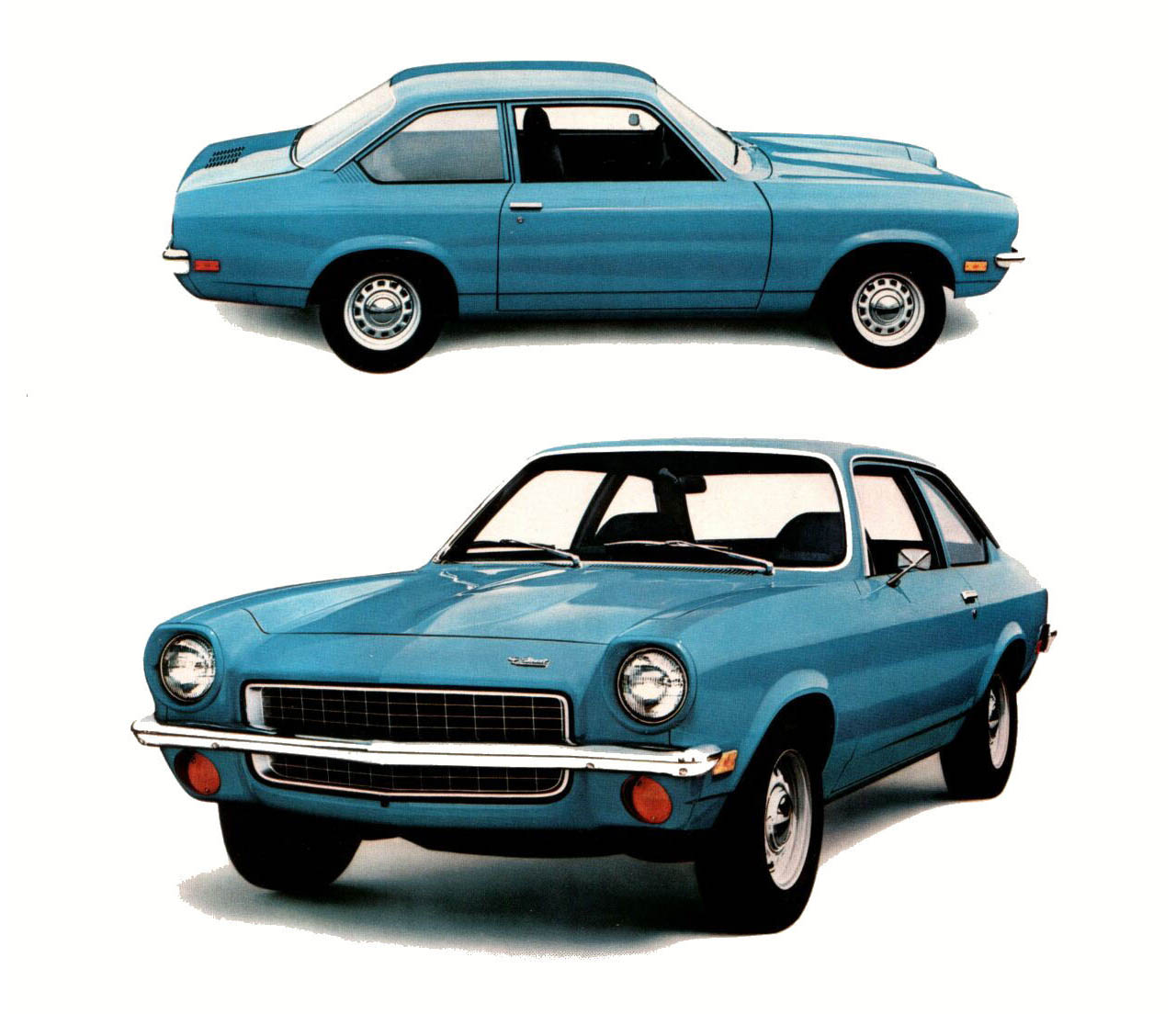
The Vega, marketed as General Motors’ answer to the growing demand for fuel-efficient compact cars, fell short of expectations due to a litany of design and engineering flaws. Its aluminum engine’s propensity for oil consumption, premature rusting, and mechanical issues tarnished its reputation. Despite its popularity at the time, the Vega’s legacy is one of missed opportunities and unfulfilled promises, serving as a cautionary tale of the consequences of prioritizing cost-cutting measures over quality.
Aztek: How Pontiac Created the Ultimate American Car Model Disaster
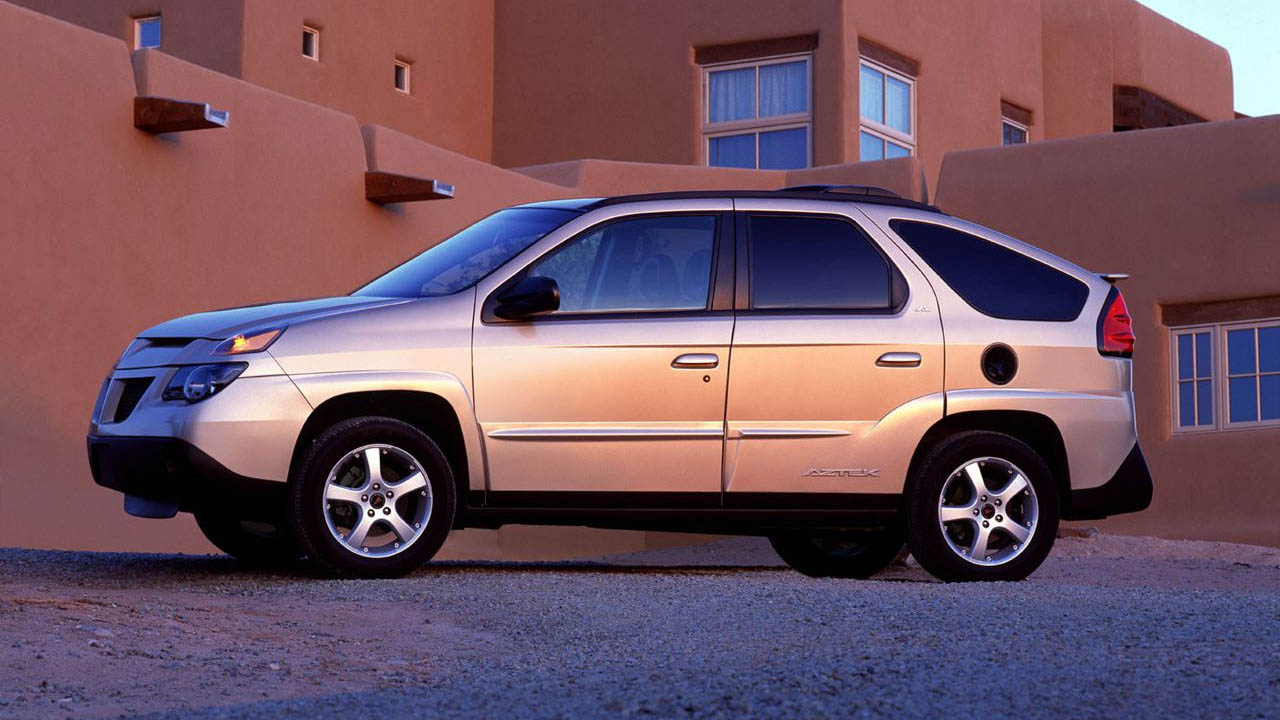
Ah, the Aztek, a car so infamously ugly that even Walter White‘s meth empire couldn’t salvage its reputation. With its bulky exterior and plastic cladding reminiscent of a poorly designed space shuttle, this crossover was doomed from the moment it rolled off the assembly line. Despite its practicality, the Aztek’s polarizing aesthetics and lackluster performance made it a commercial disaster. While a select few may have appreciated its versatility and functionality, the Aztek will forever be remembered as a cautionary tale of what happens when form takes a backseat to function. Walter White may have chosen it as his getaway vehicle, but even his criminal prowess couldn’t redeem this automotive eyesore.
Pinto Perils: The Explosive Truth Behind Ford’s Worst Car Model
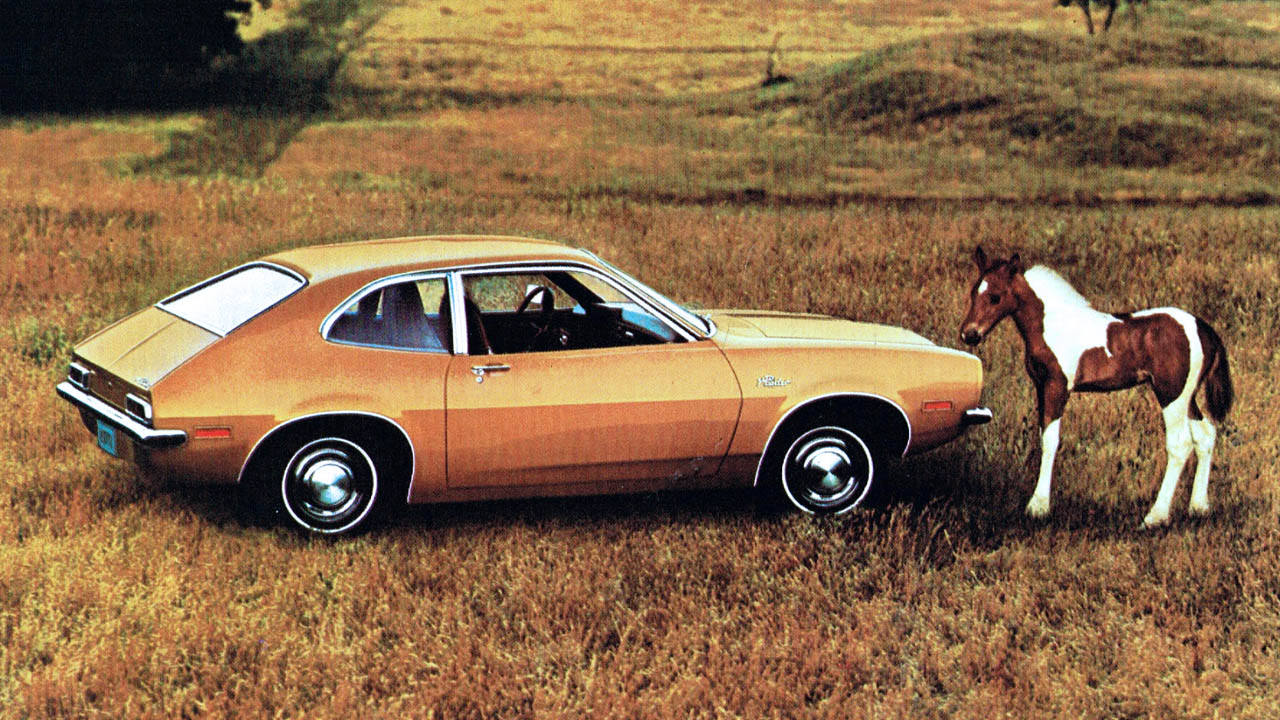
The Pinto’s reputation as a car with a volatile nature stemmed from its notorious tendency to erupt in flames in rear-end collisions. Ford’s cost-benefit analysis, which prioritized profits over safety, further tarnished its image. Despite its flaws, the Pinto’s legacy is one of controversy and scandal, serving as a cautionary tale of the consequences of corporate negligence and the importance of prioritizing safety over profits.
Yugo GV: The Eastern Bloc’s Worst Car Model Invades America
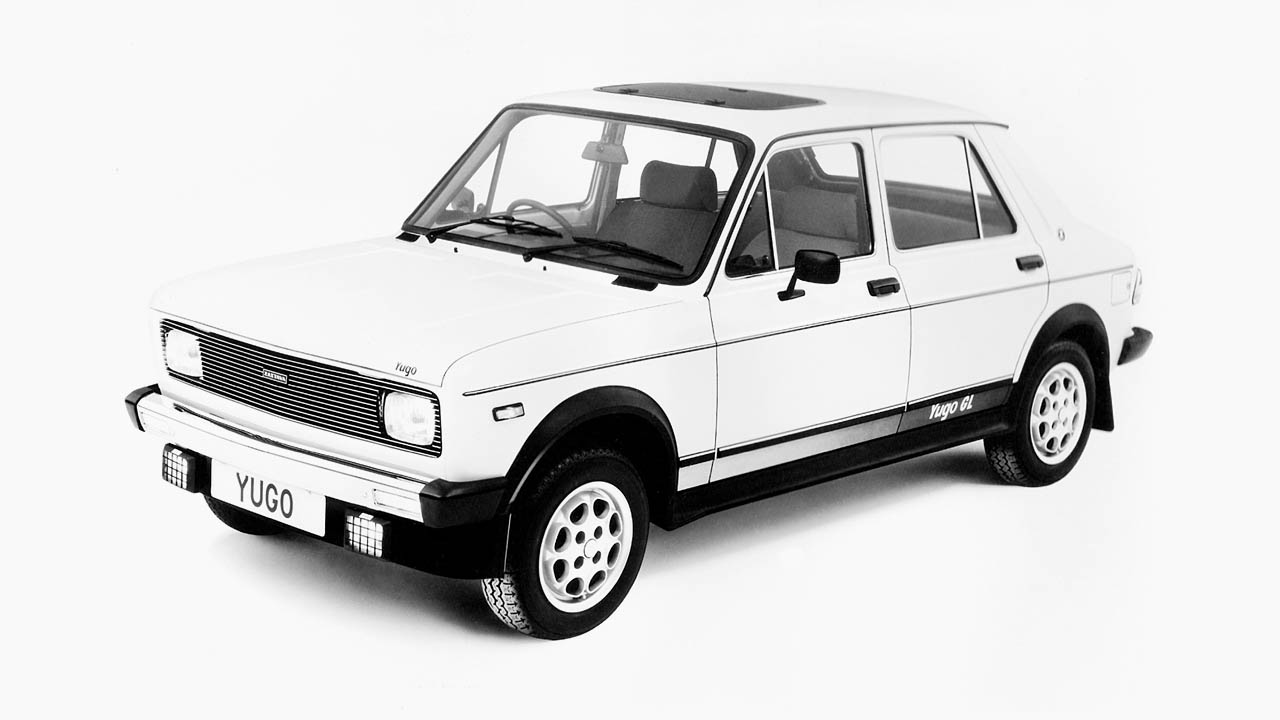
The Yugo, imported by Malcolm Bricklin in an attempt to provide an affordable option for American consumers, quickly gained notoriety for its poor build quality and unreliability. Despite its affordability, its reputation for mechanical issues and subpar engineering doomed it to commercial failure. While some appreciated its low price point, the Yugo’s legacy is one of disappointment and frustration, serving as a cautionary tale of the consequences of prioritizing cost-cutting measures over quality.
Pacer: The Quirky American Car Model That Missed the Mark
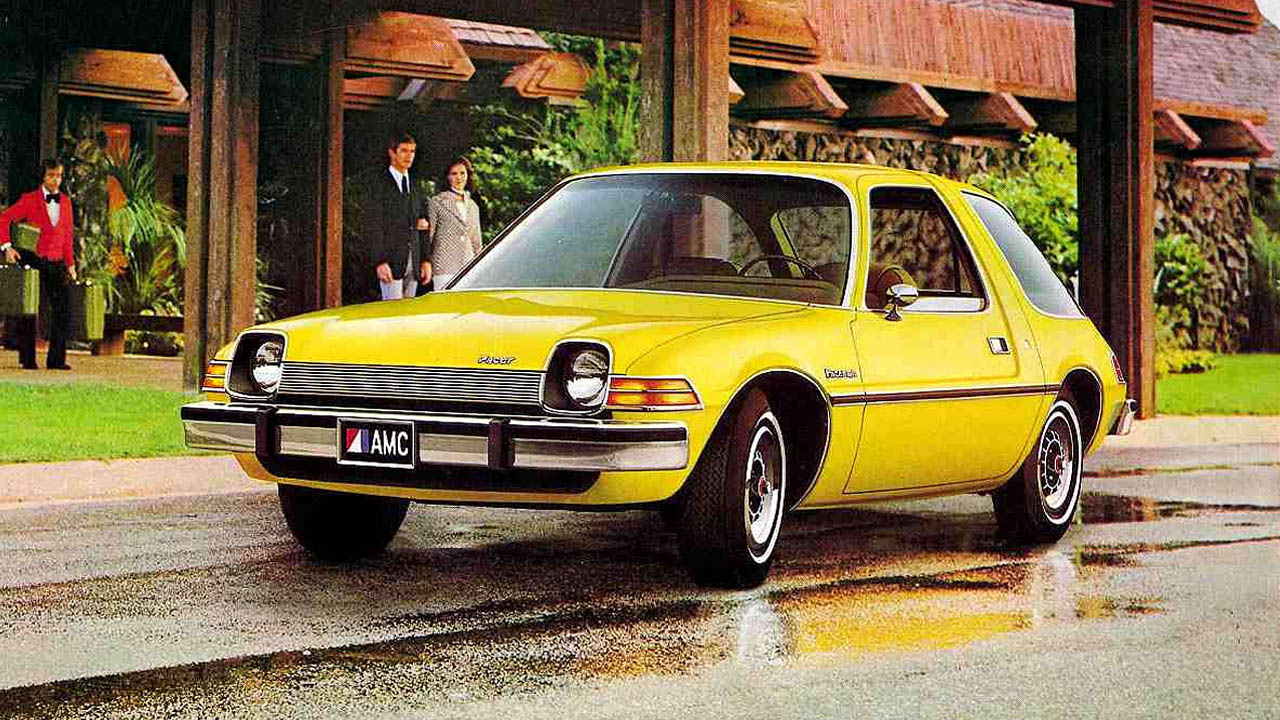
The Pacer’s distinctive design, characterized by its rounded shape and large glass area, made it a standout in the automotive landscape. However, its lackluster performance and issues with build quality tarnished its reputation. Despite its quirks, the Pacer garnered a dedicated fan base who appreciated its unique design and spacious interior. Yet, its legacy is one of missed opportunities and unfulfilled promises, serving as a cautionary tale of the consequences of prioritizing style over substance.
And there you have it, folks, a journey through the annals of automotive history, where mediocrity reigns supreme and innovation takes a back seat to sheer absurdity. Here’s to the cars that dared to fail so spectacularly, they became legends in their own right.
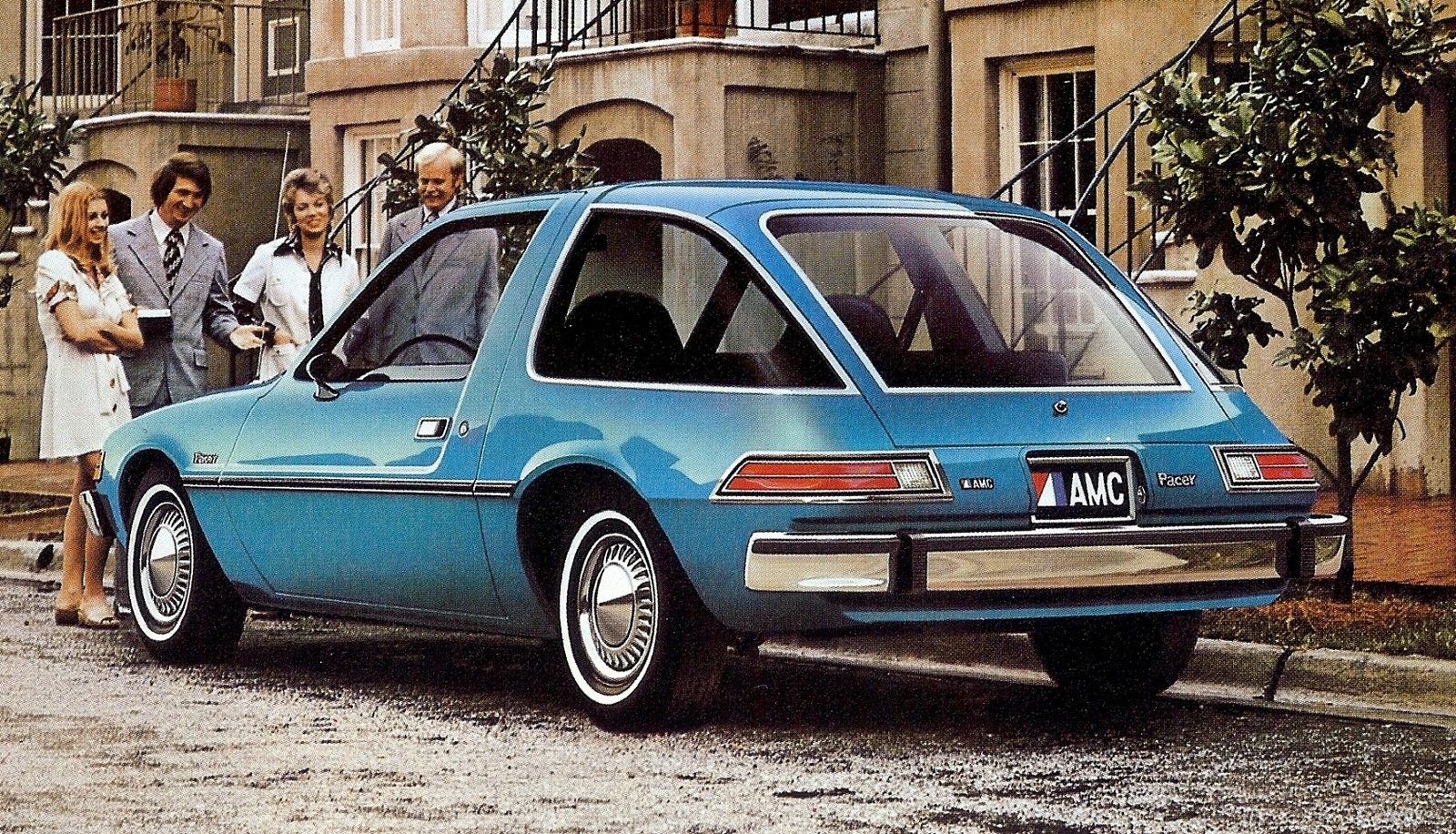






Leave a Reply